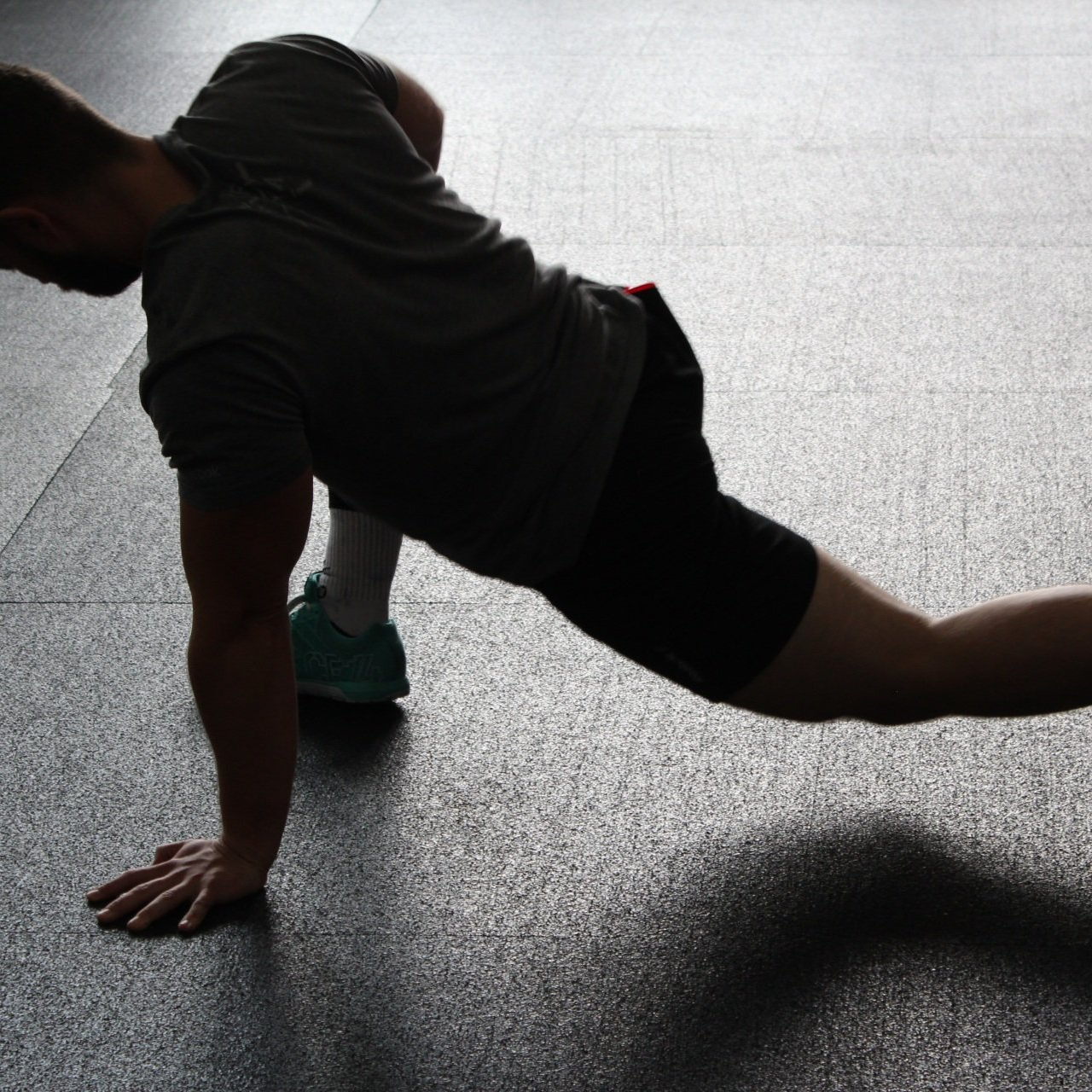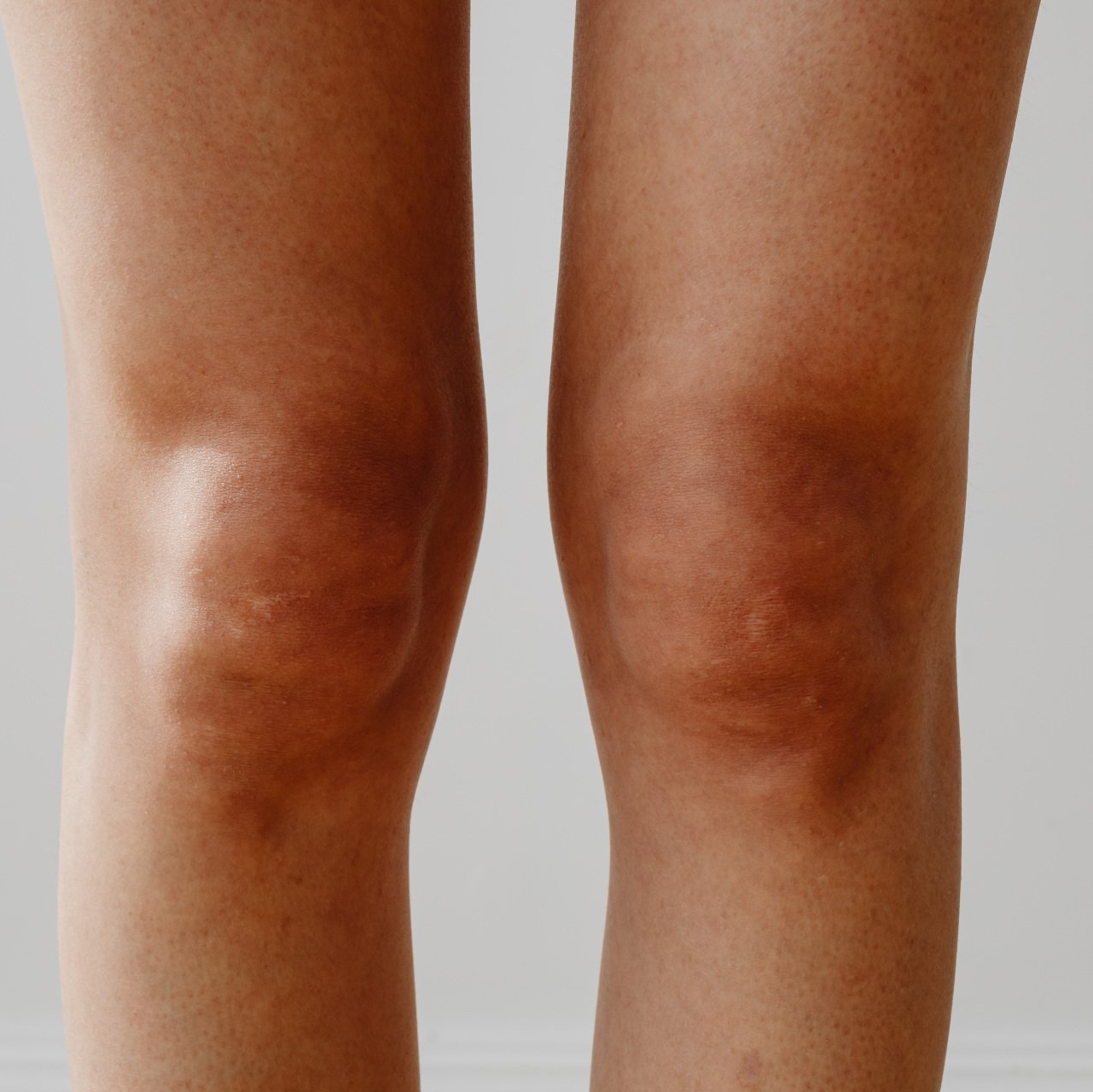Blog Layout
Blog
THE 4 SECRETS TO AN EFFECTIVE STRETCH
We stretch to warm up and to loosen up. However, stretching is a subject that is widely misunderstood, which isn’t surprising since even the experts can’t seem to agree on whether or not stretching is a useful activity, let alone what would constitute “the perfect stretch”. After almost 30 years of coaching people through customized stretching programs I am ready to reveal to you the secrets to an effective stretch.
Don’t stretch “too hard”.
If you stretch a muscle too aggressively you will trigger the stretch reflex. This reflex results in a contraction of the muscle in response to a sudden or strong pull that is designed to prevent an overstretch injury. Not only does this reflex prevent the muscle from lengthening in a sustainable way but it will also tend to produce discomfort. All pain and no gain. What is “too much” for each person is different, but if it’s painful you’re stretching too hard.
Take a minute and relax into the stretch.
The research surrounding how long you should hold a stretch for optimal results are contradictory. Some studies that suggest that 60 second holds are no better than 30 or 15 seconds, while other findings suggest that 60 seconds is in fact better compared to shorter periods. It has been my experience that most people will tend to stretch as “hard” as their body will allow, using discomfort as the yardstick. However, that initial discomfort will usually grow into pain if you try to hold an overly aggressive stretch for 60 seconds. Using a 60 second stretch guideline has proven to be a simple way to let your body tell you how “hard” to stretch to get the most of your stretching efforts.
Stretch the right muscle.
Most people choose what they are going to stretch based upon how they feel. Unfortunately, as often as not people are trying to stretch a muscle that feels tight because it is pulled taut, not because it is too contracted/short. Some people spend years trying to stretch muscles that have almost zero chance of lengthening. If your pelvis is rotated too far forward your hamstrings will always feel tight because they are being placed under perpetual “stretch” tension. Chronic shortening of the muscles of the lower back, quadriceps, and inner thighs is usually the cause of that pelvic position and no amount of stretching of your hamstrings will EVER solve it. Stretch the muscles responsible for the pelvic alignment problem and you will have a fighting chance to finally solve your tight hamstrings problem.
Work with your nervous system, not against it.
Your body recruits muscles and puts them to work all the time whether you are aware of it or not. You cannot actively stretch a muscle effectively if your body already has given that muscle other instructions. For example, how can your hamstrings relax and lengthen in a sustained way during a standing-touch-your-toes kind of stretch? Their instructions to hold you up against the pull of gravity take precedence over your command to relax and lengthen. Do that same exercise in a seated, nonweightbearing position and you are displaying behavior which is consistent with an understanding of the science of stretching. Another type of situation that can seriously interfere with stretching success is malalignment. If your brain is telling half the muscles in your body to contract in compensation for a functional leg length differential, your corrective efforts won’t amount to a hill of beans unless they are helping your brain to sense there is less need for compensation.
Although there is widespread misunderstanding of stretching there is an abundance of research that demonstrates that stretching is a valuable performance aid and rehabilitation tool. However, in order to enjoy the maximum benefit from your stretching efforts you have to understand the science of stretching. Embrace these four stretching secrets and you will never again ask the question; “to stretch or not to stretch”.

By Geoff Dakin
•
April 4, 2022
"Most people who have chronic or recurring knee pain have a hip/pelvis alignment problem, a foot/ankle problem, or both." First-principles thinking involves breaking down a problem into its assumption-free, fundamental building blocks. In the chronic pain-elimination game, the following fundamental truths have served me well over the years: 1. The nervous system is paramount. 2. Malalignment of the skeleton adds stress to the neuromuscular system. 3. Postural malalignment can usually be reduced with the practice of appropriately prescribed corrective exercise.

By Geoff Dakin
•
March 28, 2022
I have found that most people will stretch as aggressively as their pain threshold will allow. However, there is this thing called the “Stretch Reflex.” In other words, stretch too hard and all you are doing is making yourself sore! All pain, no gain. Stretching "the wrong muscles"??? I can hear the gears turning in your head. "The wrong muscles" doesn't make any sense!

By Geoff Dakin
•
March 21, 2022
Although chronic back pain is the most common chronic pain problem worldwide, of course, it's not the only one. In my practice, I also help people struggling with foot pain, hip pain, shoulder pain, and many others!
In fact, today I want to share with you my perspective on KNEE PAIN, one of the most common problems I'm asked about.

By Geoff Dakin
•
March 7, 2022
“Impossible” is usually an opinion, not a fact. Although you may’ve taken a very long and winding road to get relief from chronic pain, and you’ve probably even had experiences that suggest that solving your pain problems are “impossible” If you come to the clinic or work with me using video conferencing I can guide you through your rehab training even faster and easier!

By Geoff Dakin
•
February 27, 2022
This morning I got thinking about something a patient said. She has felt “heard” and she is no longer fearful that she will be “forced to do things that cause undo pain". I put a lot of time, effort, and yes, thought, into making sure you’re getting the care your body needs, not what some system says you SHOULD need.

By Geoff Dakin
•
February 18, 2022
I continue to see chronic pain problems being mismanaged and misunderstood. Or better said, mismanaged because they are misunderstood. Is it any wonder that people aren’t getting the help they need and instead end up relying on painkillers and surgeries to “solve” their problems?

By Geoff Dakin
•
August 26, 2021
With people living longer than ever before, more and more individuals find themselves sandwiched between caring for their children and caring for their aging parents. You may experience feelings of grief and loss, as you see your parents changing and the roles of your family shifting. You may also feel fearful and anxious about your parent’s mortality, and that gets you thinking about your own.

By Geoff Dakin
•
June 23, 2021
The body holds much of the information we need to function at our best, but too often we ignore its messages and plow ahead with what our minds tell us. Instead of asking our body what it wants, we go for the quick fill-up or the comfort food that may be the last thing we really need. So, what to do to give your body an equal say in how you use it?

By Geoff Dakin
•
May 25, 2021
In challenging times such as these, taking care of ourselves is more important than ever—yet it’s often the last thing on our minds. We all know the negative impact on our health that stress can have—so, let’s find some balance. Take this self-quiz to see how well you are taking care of yourself.

